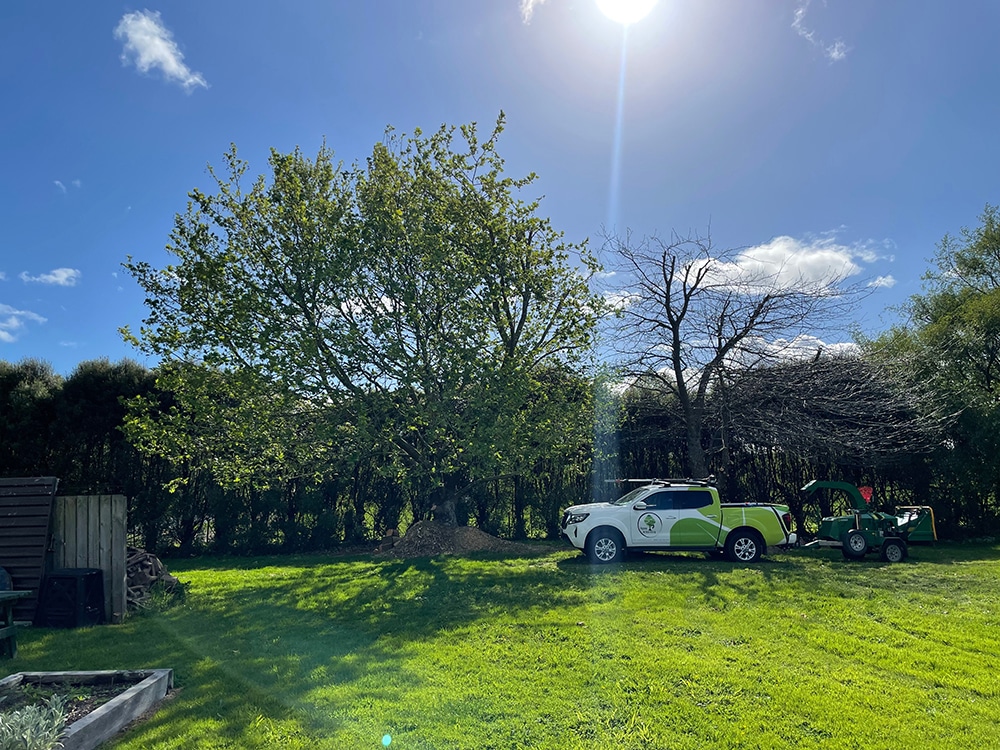Gardening enthusiasts often grapple with the challenge of poor garden drainage. Whether it’s waterlogged lawns or swampy flower beds, inadequate or poor drainage, can seriously affect the health and appearance of your garden. Apex Arborists brings you a comprehensive guide to tackle this issue effectively. Let’s discover solutions to transform your soggy garden into a thriving oasis.
1. Select Plants That Thrive In Swampy Conditions
Choosing the right plants for wet soil is crucial when tackling how to fix poor garden drainage. Opting for species that thrive in wet conditions not only addresses the drainage issue but also enhances the beauty of your garden. Plants like Iris, which come in various colours and sizes, are ideal for these conditions. Their ability to grow in standing water makes them perfect for the wettest parts of your garden.
Similarly, Canna adds a tropical touch with its large leaves and vibrant flowers, thriving in moist soil. Calla Lily, with its elegant white blooms, is another excellent choice for swampy areas. These plants act as natural sponges, absorbing excess water and improving the overall drainage of your garden. By incorporating these species, you create a garden that manages moisture effectively and turns a potential problem into a stunning feature. This approach is a simple yet effective solution to poor garden drainage, transforming soggy areas into flourishing, eye-catching spots.
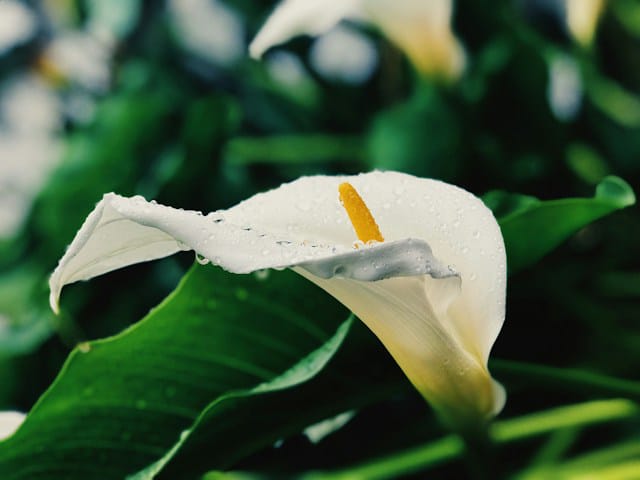
2. Grow Water-Loving Plants
In your quest to fix garden drainage problems, incorporating water-loving plants is an innovative and eco-friendly strategy. Trees like Willow and Dogwood are particularly effective in absorbing excess water. With their lush foliage and graceful form, willows can be a focal point in your garden while managing water levels to ensure well drained soil.
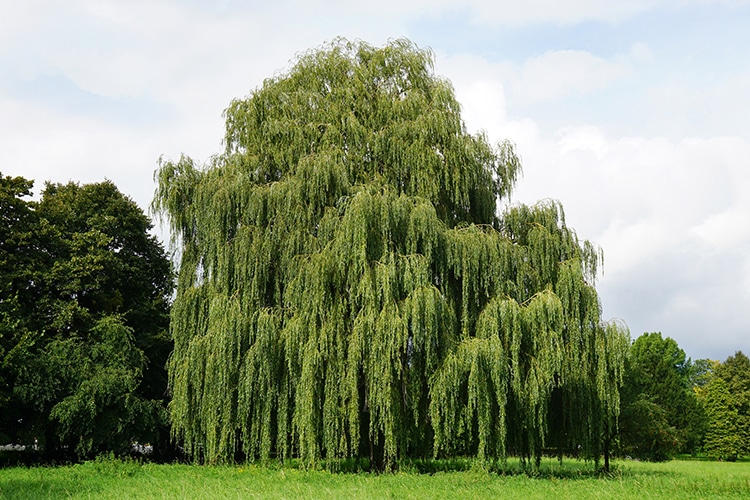
Their extensive root systems are excellent for soaking up excess moisture, making them ideal for wet areas. Dogwood trees, on the other hand, not only help with drainage but also add a splash of colour with their beautiful flowers in spring and vibrant leaves in the fall. These species are functional and enhance the biodiversity of your garden, attracting birds and insects.
By planting these water-loving trees, you’re not just solving a drainage problem but creating a thriving ecosystem in your garden. This approach is a testament to how garden challenges can be turned into opportunities for enhancing your outdoor space’s functionality and beauty.
3. Build Raised Beds
Improving garden drainage can often be achieved by building raised beds. This technique is particularly effective in areas where the soil is naturally heavy and prone to waterlogging. Elevating the planting area ensures that water drains more efficiently, preventing your plants from sitting in too much moisture. Raised garden beds also offer better control over the soil quality as well. You can fill them with a mix of soil and compost ideal for your plants, ensuring they get the best possible growing conditions. This method also reduces the risk of soil compaction, as there’s less foot traffic around the plants.
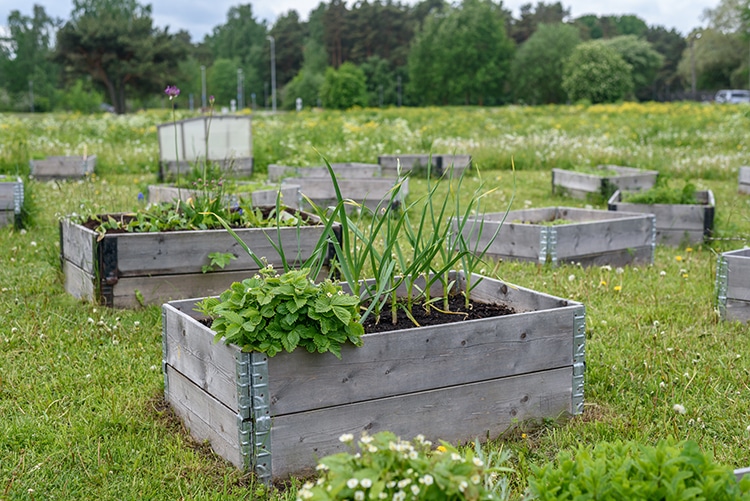
Additionally, raised beds can be a design feature in your garden, adding structure and interest. They can be made from materials like wood, stone, or even recycled plastics and can be designed to fit any garden style, from rustic to contemporary. Not only do plant beds do they offer practical benefits like improved drainage and easier maintenance, but they also provide an opportunity to be creative with your garden design. Raised beds are a perfect blend of form and function, making them an excellent choice for any gardener looking to improve their garden’s drainage while enhancing its aesthetic appeal.
4. Improve Soil Drainage
Improving soil drainage is a fundamental and practical step in addressing poor garden drainage. The key is to enhance the soil structure, making it more porous and less prone to waterlogging. Incorporating organic matter into your soil is a highly effective method to aid drainage. Adding compost, for instance, improves drainage and boosts the soil’s nutrient content, fostering healthier plant growth. Peat moss is another excellent amendment, especially for sandy soils, as it increases water retention while improving drainage in clay soils.
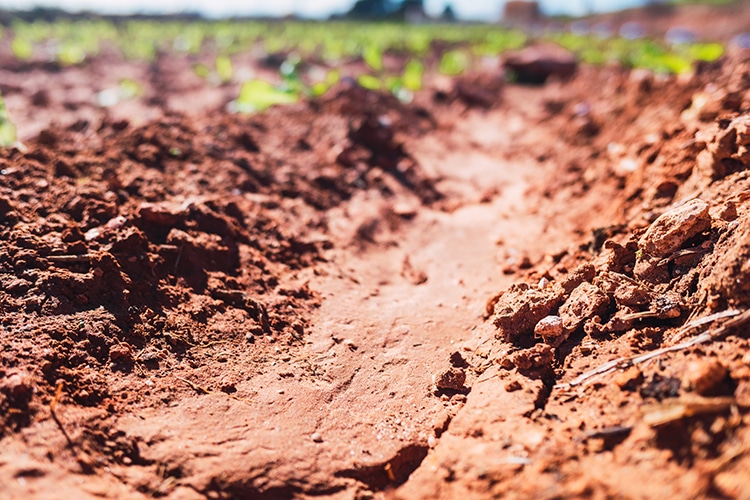
Additionally, consider adding coarse sand or perlite to enhance soil structure and improve drainage further. These amendments create more prominent spaces in the soil, allowing water to flow more quickly and preventing the roots from waterlogging. It’s also beneficial to regularly turn your soil, breaking up compacted areas, which can impede water flow. Combined with the proper amendments, this practice can transform your garden’s soil into a well-draining, plant-friendly environment. Remember, healthy soil is the foundation of a thriving garden, and improving its drainage is a crucial step towards a lush, vibrant outdoor space.
5. Install Drainage System
Installing a proper drainage system is often the most effective long-term solution for gardens with more severe drainage issues. This might involve setting up French drains and trenches filled with gravel or rock that redirect surface water away from problem areas. Alternatively, underground pipes can channel excess water poorly drained soil to a more suitable location, like a storm drain or a dry well. These systems are beneficial in areas where water accumulates and can’t easily be absorbed into the soil. Installing a drainage system is more involved and might require professional assistance, but it’s a highly effective way to protect your garden from water damage.
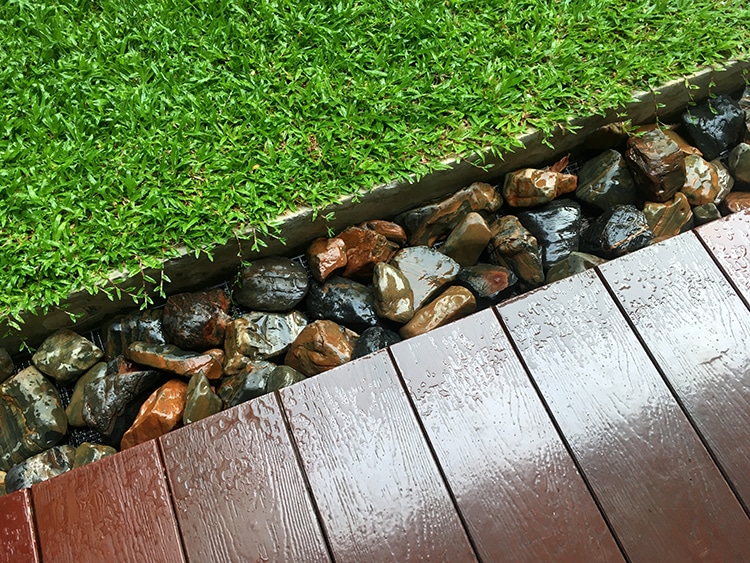
It’s essential to plan the layout carefully, ensuring the drains are placed in the most problematic areas and have a drainage pipe with a proper outlet. While the initial investment and effort might be significant, the long-term benefits of a well-drained garden are immeasurable. Not only does it prevent waterlogging and the associated plant diseases, but it also ensures that your garden remains a beautiful and enjoyable space regardless of the weather.
6. Aerate The Soil
Aerating the soil is crucial for improving its drainage capacity, especially in compacted or clay-heavy soils. This process involves creating small holes in the soil, which allow air, water, and nutrients to penetrate deeper into the ground. Aerating helps to break up compacted or clay soil, increasing its porosity and enabling better water flow. This can be done using tools like a garden fork or a core aerator, which removes small plugs of soil, creating channels for water and air.
Regular aeration is particularly beneficial for lawns and heavily trafficked garden areas, where soil compaction is standard. It improves drainage of soil particles and encourages deeper root growth, leading to healthier, more resilient plants. Additionally, aerating your soil can enhance the effectiveness of other drainage-improving practices, such as adding organic matter. Combining aeration with soil amendments can significantly improve the overall health and drainage of your garden soil, ensuring that your plants have the ideal environment to thrive.
7. Build a Rain Garden
Building a rain garden is an innovative and environmentally friendly approach to managing excess water in your garden. A rain garden is a shallow depression planted with native shrubs, perennials, and flowers. It’s designed to temporarily hold and soak in rainwater runoff from roofs, driveways, and other hard surfaces. This helps with drainage and reduces the amount of polluted runoff entering our streams and rivers.
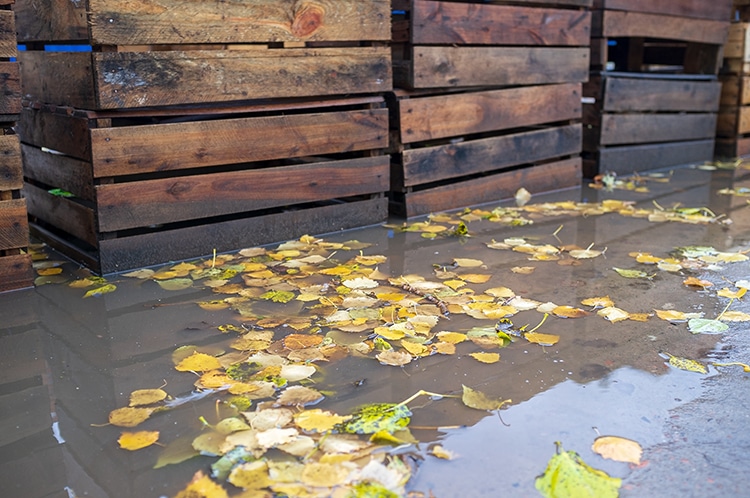
When planning a rain garden, please choose a location where water naturally collects, and ensure it’s at least 10 feet away from your home to prevent any foundation issues. The plants in a rain garden should be suitable for wet and dry conditions, as they will be subjected to flooding after rain and drier conditions at other times. Native plants are often the best choice, as they are adapted to local environmental conditions and require less maintenance. A well-designed rain garden is functional and a beautiful addition to your landscape, attracting birds, butterflies, and beneficial insects.
8. Manage Surface Water
Effective management of surface water is crucial in solving garden drainage problems. This involves creating a landscape or drainage area that efficiently allows water to flow away from your garden. Start by assessing the slope of your garden and identifying areas where water tends to accumulate. You might need to regrade certain areas to ensure proper drainage. Installing swales, which are shallow trenches that follow the contour of the landscape, can help direct water away from problem areas.
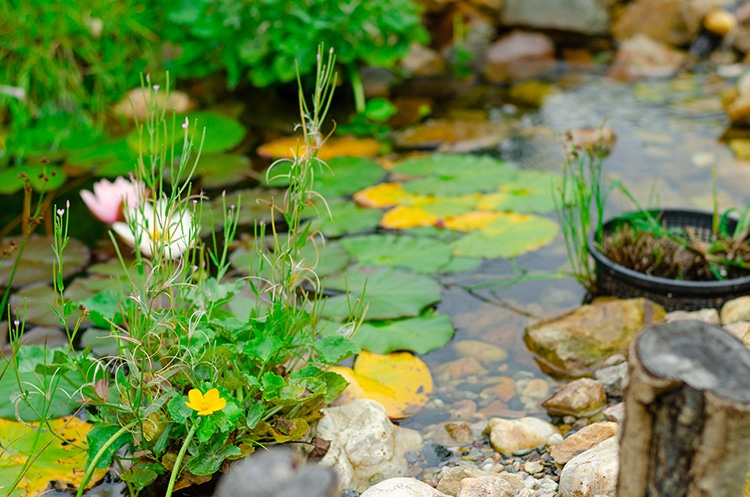
Additionally, consider using permeable paving materials for paths and patios, which allow water to seep through rather than run off. Rain barrels can also be a part of your surface water management plan. By collecting rainwater from your roof, you can reduce runoff and have a supply of water for your lawn and garden during dry periods. Implementing these strategies will improve your garden’s drainage and contribute to a more sustainable and environmentally friendly landscape.
By addressing these critical aspects of garden drainage, from the drainage pipes improving soil conditions to managing surface water, you can create a beautiful and resilient garden. Each of these strategies offers a way to turn drainage challenges into opportunities for enhancing your garden’s health and aesthetic appeal. Remember, a well-drained garden is a happy garden, and with these tips from Apex Arborists, you’re well on your way to creating an outdoor space that thrives in all conditions.



